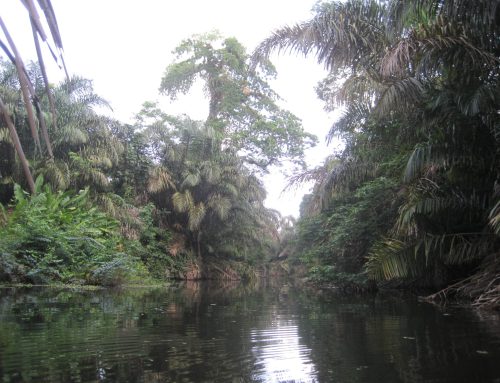By Elin Kelsey
 Elin Kelsey, PhD is a leading spokesperson for hope and the environment. In 2014, she co-launched #OceanOptimism. The tag went viral reaching more than 56 million users to date. Elin will be giving the keynote address at the 2016 CaNOE conference. See more at www.elinkelseyandcompany.com.
Elin Kelsey, PhD is a leading spokesperson for hope and the environment. In 2014, she co-launched #OceanOptimism. The tag went viral reaching more than 56 million users to date. Elin will be giving the keynote address at the 2016 CaNOE conference. See more at www.elinkelseyandcompany.com.
I don’t know about you, but I hate watching track and field meets. It’s not that I don’t admire the strength of people as they strain to cross the finish line, or leap higher than I ever thought possible, it’s that I can’t stand watching people lose. I want the winners to win, and no one else to be left in the dust.
But lately, a project I worked on back in 2009—a project I still care deeply about—is falling way behind, and it makes me totally happy. I wrote the Scientific Case that led to former president George Bush declaring the Marianas Trench Marine National Monument as part of the world’s largest marine reserve. Contributing to the creation of the biggest protected area of ocean on Earth felt wonderful. Bush established three national marine monuments—totaling some 195,274 square miles (505,757 square kilometres)—including the Mariana Trench and the waters and corals surrounding three uninhabited islands in the Northern Mariana Islands, Rose Atoll in American Samoa, and seven islands strung along the equator in the central Pacific Ocean.
I’m giddy because the amazing MPA I worked on is no longer the biggest in the world. It’s not even close. I believe it sits somewhere around sixth place but I can’t be sure because so many new and bigger areas are currently in the works. The rapid establishment of ecosystem-scaled MPAs in some of the most biodiverse areas of the ocean fills me with hope. Thanks to tweets from #OceanOptimism, I’ve been awash in positive news about new MPA designations this year.

Reproduced with kind permission of The Pew Charitable Trusts.
In the first week of 2016 the U.K. government announced the creation of a massive marine reserve around Ascension Island in the heart of the Atlantic Ocean. The newly protected zone covers an area almost the same size as the entire U.K.
In March 2016, Ecuador designated a huge new marine reserve in the Galapagos Islands. The designation means a third of the entire Galapagos Marine Reserve will now be a no-take zone and the northern islands of Darwin and Wolf, home to the highest biomass of reef fishes ever recorded, will now be fully protected.
In April 2016, French Polynesia announced plans (which are pending final approval) for a mega-marine protected area double the size of the MPA I worked on just seven years ago. The area stretches more than 1 million square kilometres (380,000 square miles). According to Dr. Enric Sala’s Pristine Seas project the remote islands within this remote region are among the truly wildest places in the ocean.

Giant clam (Tridacna sp.), Mariana Islands, Guam. Photo credit: National Oceanic and Atmospheric Administration/Department of Commerce, photographer David Burdick (CC BY 2.0).
Studies from around the world point to the value of MPAs, large and small, to the recovery of fish, invertebrates and other marine species. (See, for example, this global synthesis of the biological effects of no-take marine reserves.) The Marine Conservation Institute shares real-time information on current and proposed marine protected areas on a database and interactive map you can access here.
Check out #OceanOptimism for more hopeful stories about MPAs, species recoveries and ocean resilience—tweet us to share your own good news for the seas.
Leave a Comment
Never Miss Out
Sign up to receive notifications whenever we post a new article and stay updated on all things ocean!
[email-subscribers-form id=”1″]






